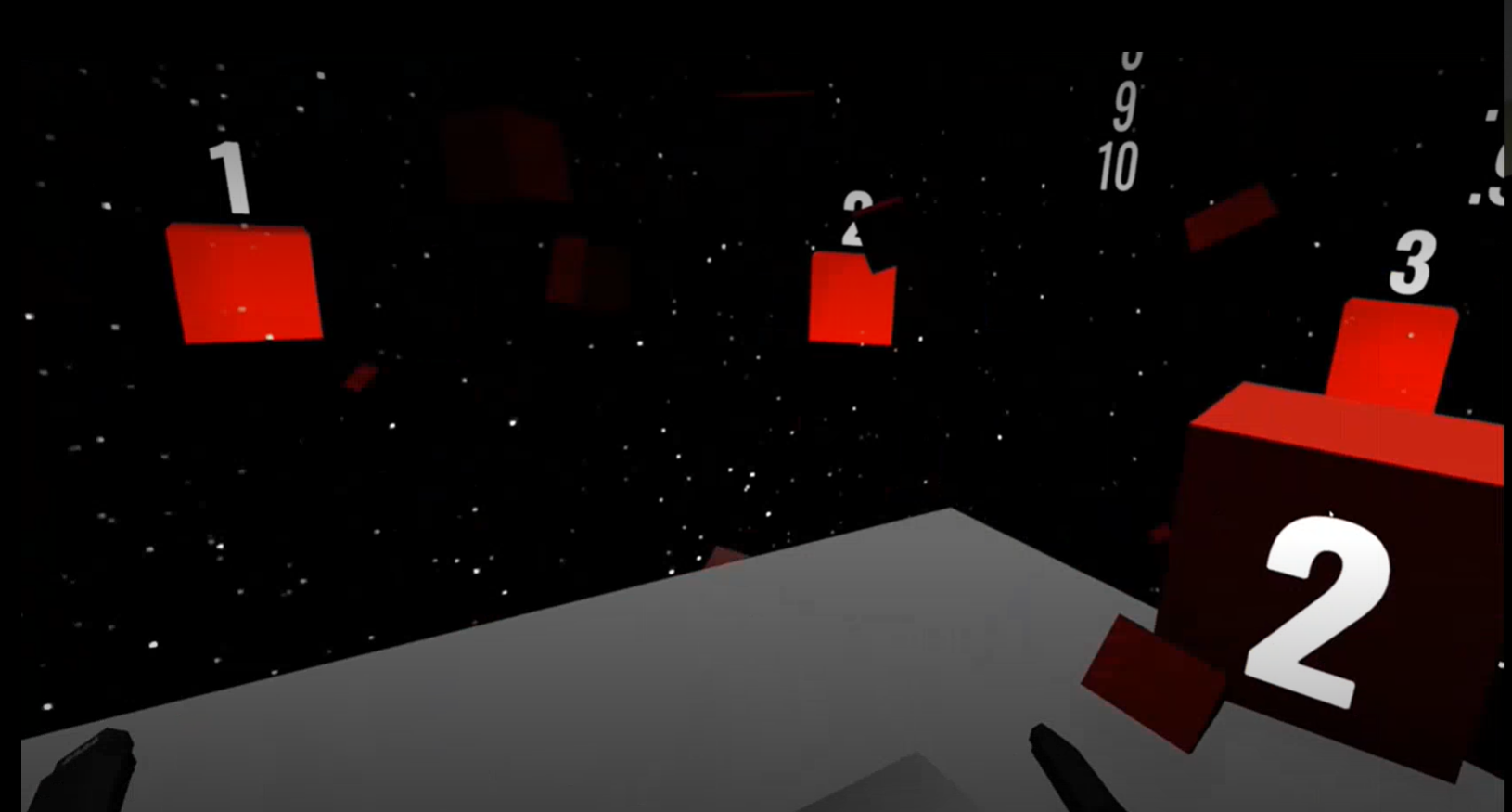Genetic Virtual Reality Experiment

As part of the nvisionaries Science Fair, software engineer Greg Corcoran developed the "Super Smash Boxes" game, a virtual reality game that utilizes a machine learning (ML) genetic algorithm. In addition to gaming, VR has been proven to be effective in educational and training scenarios that would be difficult or impossible to recreate in real life.
"After beginning to look into machine learning and wanting to get back into VR development, this seemed like a great way to combine the two." - Greg Corcoran, Software Engineer (Milwaukee Region)
Greg had created VR experiences in the past, including one released on Steam, and was interested in getting back into VR development. After learning about the genetic machine learning algorithm, he thought it seemed like the perfect fit for a wave shooter-style VR game.
Unlike traditional video games, VR allows the player to physically move around in the virtual world, which can make the gaming experience more intense and realistic. The wave shooter has become one of the most tried and true formats for VR games. The player can physically look around and aim their weapons in any direction, giving them a greater sense of presence and control in the virtual environment while dealing with waves of incoming enemies.
The game was built with Unity3D, a popular game engine often utilized by small and independent development teams. A game engine is a software framework designed for the creation and development of video games. It handles some of the basics of game development, particularly rendering and visualizations, that could be prohibitive for a small team to create from scratch.
.png?width=250&height=313&name=MicrosoftTeams-image%20(6).png)
Enemy generation in the game was based on a genetic machine learning algorithm.
A genetic algorithm is a type of optimization algorithm that is inspired by the principles of evolution in nature. It uses mechanisms like selection, reproduction, and mutation to generate new solutions to a problem and gradually improve over time.
Within the game, the enemies are rated based on how close they get to the target. The top-rated enemies are then used to spawn the next round, with their traits being passed on to their “children.” In each round, there is a chance for some enemies to mutate and receive random traits; this usually made them worse, but with a chance of making them better in ways the parents would not have been able to originally.
Genetic algorithms are also used to determine solutions in the fields of transportation and logistics, economics, industrial design, and more.
VR is an emerging technology that's still rapidly changing and expanding, leaving many to ask if it's the wave of the future or simply a novelty. While gaming and leisure-related applications have been a primary use case for this emerging technology, it's gone through major improvements in just the last few years and is becoming more ready for major applications.
Meet the nvisionary
| Name: Greg Corcoran Title: Software Engineer Track: Developer Specialties: Professionally most of my experience is in .NET development |
Do you love to experiment with emerging technologies? We're always looking for passionate, solutions-driven technologists - learn more about joining the team and becoming an nvisionary.




